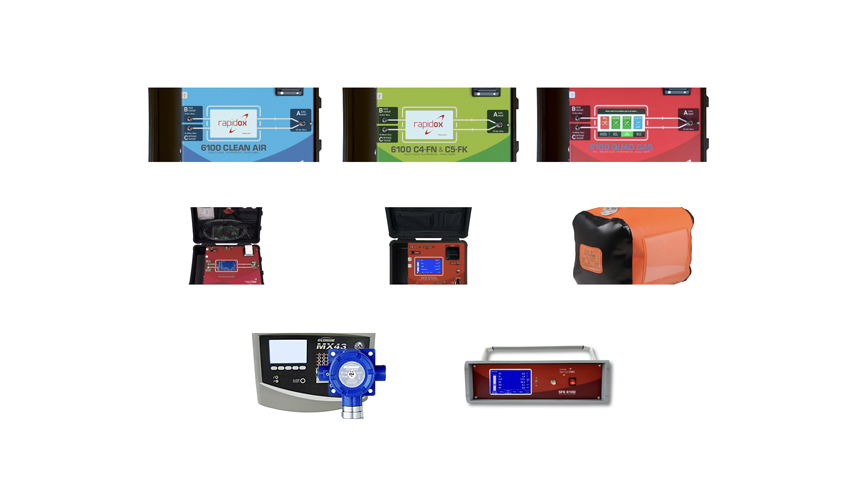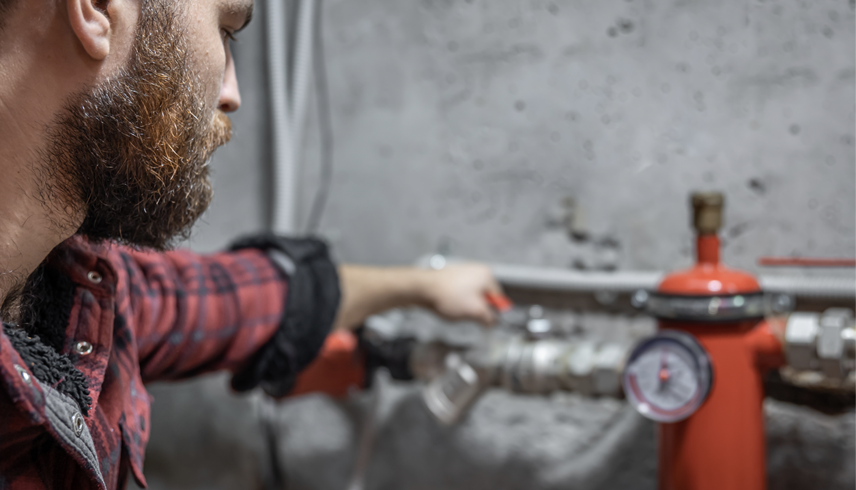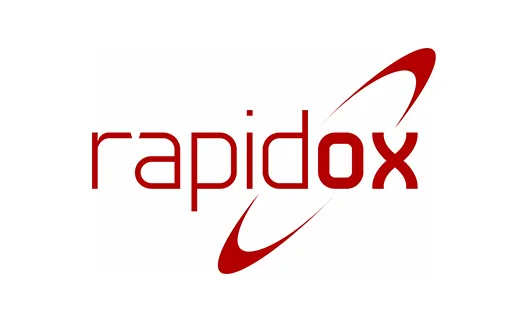

Comparing Gas Insulation Technologies: DryAir vs. Vacuum vs. CO₂
Introduction
As the demand for sustainable and high-performing electrical infrastructure continues to rise, the conversation around gas insulation technologies is more important than ever. With traditional SF₆ (sulphur hexafluoride) now facing regulatory scrutiny due to its environmental impact, industries are actively seeking viable, eco-conscious alternatives.
Among the most promising solutions are DryAir, Vacuum Interruption (VI), and CO₂-based insulation systems. Each offers unique benefits and limitations depending on the application, voltage level, geographic location, and sustainability goals of the organisation deploying them.
In this comprehensive article, we’ll walk you through a detailed gas insulation technology comparison – providing insight into how DryAir, Vacuum, and CO₂ compare across:
- Electrical performance
- Environmental impact
- Safety
- Maintenance
- Cost
- Scalability and future viability
Whether you’re an energy provider, switchgear manufacturer, or sustainability officer, this guide will help you make an informed decision based on real-world considerations and industry best practice.
What is Gas Insulated Switchgear (GIS)?
Gas Insulated Switchgear (GIS) refers to a type of electrical switchgear that uses gas as the insulating medium to manage and control the flow of electrical power. Unlike traditional air-insulated switchgear, GIS encapsulates live components – such as circuit breakers, disconnectors, and busbars – within a sealed chamber filled with an insulating gas. This setup drastically reduces the physical footprint required for high-voltage installations, making GIS particularly useful in urban areas, industrial zones, and space-constrained environments.
Why Use Gas in Switchgear?
In high-voltage applications, preventing electrical arcing and breakdown is critical to maintaining safe and continuous operation. Arcs occur when electrical currents jump between conductors, which can cause fires, explosions, or damage to the system. To prevent this, an insulating medium is required to suppress these arcs.
Gases with high dielectric strength (resistance to electrical breakdown) are ideal for this role. They allow switchgear to:
- Operate safely at high voltages (66kV and above)
- Maintain compact dimensions
- Require less maintenance compared to oil-based or air-insulated alternatives
- Ensure reliable operation in harsh environmental conditions
The Dominance of SF₆
For decades, sulphur hexafluoride (SF₆) has been the gold standard in GIS. It boasts:
- Exceptional dielectric strength (2.5 times better than air)
- Strong arc-quenching capabilities
- Thermal stability and non-flammability
- Resistance to moisture, contamination, and corrosion
This made SF₆ the preferred gas in electrical grids worldwide – from substations and transformers to wind farm interconnections and railway systems.
However, this reliance on SF₆ comes at a significant environmental cost.
The Environmental Cost of SF₆
SF₆ is a man-made fluorinated greenhouse gas (F-gas) with some of the most damaging environmental characteristics:
- Global Warming Potential (GWP) of 23,500: meaning that one tonne of SF₆ has the warming effect of 23,500 tonnes of CO₂ over a 100-year period.
- Atmospheric lifespan of over 3,200 years: once released, it remains virtually permanent.
- Leak detection is challenging: even small leaks can accumulate into significant emissions over time.
- Disposal is hazardous and costly: recovery and recycling require specialist equipment and training.
As governments and environmental agencies tighten regulations under protocols such as the Kyoto Protocol, EU F-Gas Regulation, and Green Deal, the electrical industry is under increasing pressure to find sustainable, future-proof alternatives.
Why the Shift to Alternatives Is Critical
The shift away from SF₆ is not only environmentally driven but also rooted in economic and regulatory pressures. Penalties for emissions, rising maintenance costs, and the reputational risk of using a high-impact gas are leading utilities and manufacturers to rethink their insulation strategies.
Fortunately, a range of alternatives are being explored, with some already in commercial deployment. Among the most prominent and promising solutions are:
- DryAir: A clean, stable, and safe mixture of ambient gases
- Vacuum insulation: Particularly effective for arc interruption in medium-voltage systems
- CO₂ and CO₂-blends: Gases with lower environmental impact and growing field data
Each alternative has its strengths and limitations depending on the application – which is why a gas insulation technology comparison is essential for stakeholders making long-term infrastructure investments.
Let’s now dive into the specifics of these three technologies to understand how they stack up against one another – and which might offer the best fit for your sustainability and performance goals.
1. DryAir Technology
What is DryAir?
DryAir is a synthetic mixture of nitrogen and oxygen, with water vapour removed to achieve extremely low humidity levels. This gas blend is non-toxic, non-flammable, and has zero ozone-depletion potential. It is already proving itself in medium and high-voltage switchgear applications across Europe and beyond.
Electrical Performance
- Dielectric strength slightly lower than SF₆ but sufficient for most applications
- Highly effective at maintaining insulation in dry conditions
- Often used in combination with solid insulation for enhanced performance
Environmental Impact
- GWP of zero
- Readily available and naturally occurring components
- No toxic by-products during operation
Safety Profile
- Safe to handle and non-corrosive
- Does not displace oxygen in confined spaces like SF₆
Maintenance and Lifecycle
- Minimal gas degradation over time
- Easily sourced and replenished
- Leak detection systems simpler and less costly
Cost and Scalability
- Competitive cost due to simple composition
- Easy integration into existing infrastructure
- Increasing adoption in both retrofitting and new switchgear builds
Use Cases
- Electrical utilities in sustainability transition
- Industrial switchgear in densely populated regions
- Environments where leak detection and repair are cost-sensitive
2. Vacuum Interruption (VI) Technology
What is Vacuum Insulation?
Rather than using gas, Vacuum Insulated Switchgear (VIS) relies on vacuum interrupters – sealed chambers where contacts open and close under high vacuum. The vacuum acts as both an insulator and arc-quenching medium, preventing arc formation by eliminating the medium in which it could propagate.
Electrical Performance
- Excellent dielectric properties
- Superior arc-quenching, particularly in medium-voltage applications
- Long electrical lifespan with minimal contact erosion
Environmental Impact
- No gas emissions whatsoever
- GWP of zero
- Completely sealed systems reduce risk of any leaks
Safety Profile
- Vacuum bottles are sealed for life, reducing maintenance risk
- No risk of oxygen displacement or asphyxiation
- Safe even in confined industrial settings
Maintenance and Lifecycle
- Low maintenance due to sealed-for-life design
- Longer service intervals compared to gas-based systems
- Components need to be replaced if vacuum seal degrades
Cost and Scalability
- Higher initial cost for high-voltage applications
- Lower operational costs over lifecycle
- Currently more suited to medium-voltage systems (≤ 38kV)
Use Cases
- Medium-voltage distribution grids
- Renewable energy interconnections (wind/solar farms)
- Urban substations where space is at a premium
3. CO₂ (Carbon Dioxide) Based Insulation
What is CO₂ Insulation?
CO₂-based switchgear uses compressed carbon dioxide either as a pure gas or in combination with other gases (e.g., fluoronitrile blends). It acts as both an insulator and arc suppressant, and has gained traction for being an SF₆ alternative with low GWP.
Electrical Performance
- Moderate dielectric strength
- Higher operating pressures required compared to SF₆ and DryAir
- Performance varies based on gas blends and design tolerances
Environmental Impact
- GWP = 1 (baseline reference for all gases)
- Readily available with established supply chains
- Less harmful than SF₆, but still contributes to atmospheric CO₂ if released
Safety Profile
- Non-toxic, but high concentrations can displace oxygen
- Requires proper pressure relief systems
- Handling under high-pressure adds operational complexity
Maintenance and Lifecycle
- Compressors and seals must be monitored regularly
- Higher pressure systems increase wear and tear on joints
- Still requires moderate maintenance protocols
Cost and Scalability
- Lower cost than SF₆ and some synthetic blends
- Moderate capital investment depending on operating pressure
- Blends with fluoronitriles can raise costs and handling requirements
Use Cases
- Applications where moderate insulation suffices
- Utilities seeking immediate SF₆ alternatives without drastic redesigns
- Projects where cost-effectiveness is a deciding factor
Side-by-Side Comparison Table
| Feature | DryAir | Vacuum | CO₂-Based |
| Dielectric Strength | Medium-High | High | Medium |
| GWP | 0 | 0 | 1 |
| Safety | Very High | High | Medium |
| Maintenance Needs | Low | Very Low | Moderate |
| Cost | Moderate | High (HV), Low (MV) | Low to Moderate |
| Scalability (HV Compatibility) | High | Moderate | High |
| Best Use Cases | Retrofitting & new builds | Medium-voltage systems | Cost-sensitive projects |
Which Gas Insulation Technology Is Right for Your Application?
Choosing the right gas insulation technology is a decision that goes beyond environmental impact – it involves assessing operational demands, voltage levels, geographic constraints, maintenance capabilities, and long-term investment goals. While all three alternative technologies – DryAir, Vacuum, and CO₂ – offer compelling benefits over SF₆, each is best suited to specific scenarios within power transmission and distribution.
Below is a breakdown of when and why each solution may be the best fit for your needs.
For High-Voltage Grid Infrastructure Replacement: Choose DryAir
If you’re replacing aging SF₆ infrastructure at transmission-level voltages (typically 66kV and above), DryAir insulation systems are currently the most well-rounded alternative on the market.
DryAir – a synthetic or ambient air mixture – offers excellent dielectric performance while maintaining a Global Warming Potential (GWP) of zero. It performs exceptionally well in GIS environments and is already being adopted by national grid operators, energy utilities, and manufacturers aiming for long-term sustainability.
Key advantages for high-voltage applications include:
- Proven scalability: Suitable for high-voltage GIS installations up to and beyond 145kV.
- Lower lifecycle cost: No need for costly leak detection or SF₆-specific maintenance.
- Regulatory resilience: Fully aligned with EU F-Gas bans and global climate targets.
- Safety: Non-toxic and non-flammable, eliminating operator risk during servicing.
DryAir is especially advantageous when companies are seeking a future-proof, standards-compliant solution that balances performance and sustainability without sacrificing reliability or requiring major engineering overhauls.
For Medium-Voltage Applications With Long Service Lifespans: Choose Vacuum Insulation
In the medium-voltage segment (typically 1kV to 36kV), Vacuum Insulated Switchgear (VIS) has emerged as a front-runner due to its simplicity, low maintenance requirements, and robust arc-extinguishing capability.
Vacuum interrupters function by creating a vacuum in the arc chamber, removing any medium that would support an electrical arc. This technology has proven durable and effective in:
- Utility substations
- Commercial and industrial buildings
- Rail and transport infrastructure
- Offshore and remote-area substations
Why vacuum works best for MV use cases:
- Long equipment lifespan (30+ years in some cases) with virtually zero maintenance.
- Compact design that suits urban environments and containerised substations.
- No gas handling: Eliminates the risk of gas leaks or environmental damage.
- Reduced cost of ownership over the equipment’s full operational life.
Vacuum insulation systems are a natural fit for organisations prioritising reliability, low total cost of ownership (TCO), and minimal operational complexity, especially in distributed network applications.
For Cost-Sensitive or Transitional Applications: Consider CO₂-Based Systems
Where budget constraints or transitional strategies are in play – particularly in developing regions or where partial SF₆ phase-out is underway – CO₂ and CO₂-based gas mixtures can provide a cost-effective interim solution.
While not as environmentally benign as DryAir, CO₂ offers significantly lower GWP (approximately 1) compared to SF₆ and is widely available at low cost. Manufacturers have developed hybrid systems where CO₂ is blended with additives to enhance dielectric strength and arc-quenching behaviour.
When CO₂ insulation might make sense:
- Retrofitting existing switchgear with minimal engineering changes.
- Bridging technology while preparing for a full DryAir or vacuum system.
- Budget-sensitive infrastructure upgrades where partial decarbonisation is the initial goal.
That said, CO₂ insulation is typically more suitable for lower voltage levels or non-critical installations, as its performance envelope is more limited compared to DryAir or vacuum solutions. It’s a stepping stone – not a long-term substitute in high-voltage networks – but plays a key role in expanding accessibility to greener alternatives worldwide.
The Role of SF6.co.uk
At SF6.co.uk, operated by Cambridge Sensotec, we are committed to empowering the switchgear industry with clean, reliable alternatives to SF₆. Our focus is on helping organisations transition confidently with:
- Expert consultation on selecting the right insulation strategy
- Advanced gas analysis equipment for DryAir, CO₂, and traditional SF₆ systems
- Support for switchgear manufacturers and utilities navigating regulatory change
We partner with manufacturers and utilities globally to deliver not just tools, but insight, compliance support, and lifecycle efficiency.
Conclusion: The Future of Gas Insulation Is Green
As the electrical industry evolves to meet stricter environmental standards and customer expectations, it’s clear that SF₆ is no longer a sustainable long-term solution. Thankfully, technologies like DryAir, Vacuum Interruption, and CO₂-based insulation offer compelling pathways forward.
While no single solution fits all scenarios, each option presents a viable step toward carbon neutrality and compliance with emerging international regulations. By understanding the trade-offs and benefits of each technology, businesses can make confident, future-proof decisions that align with both performance and sustainability goals.
Cambridge Sensotec is here to guide you on that journey.
Ready to explore SF₆ alternatives?
Contact SF6.co.uk to discuss the best insulation technology for your application – and how we can help you achieve sustainable switchgear without compromise.

